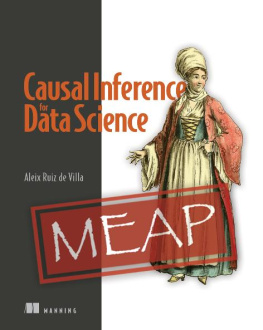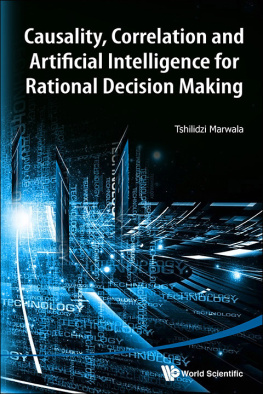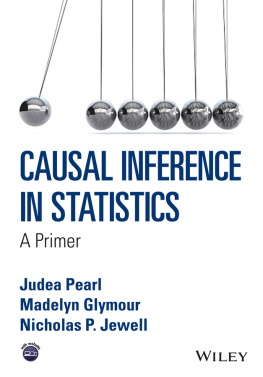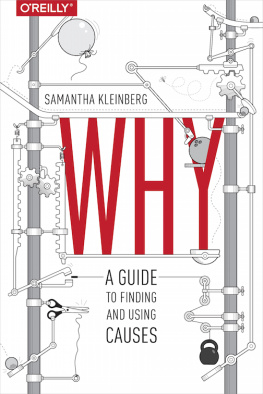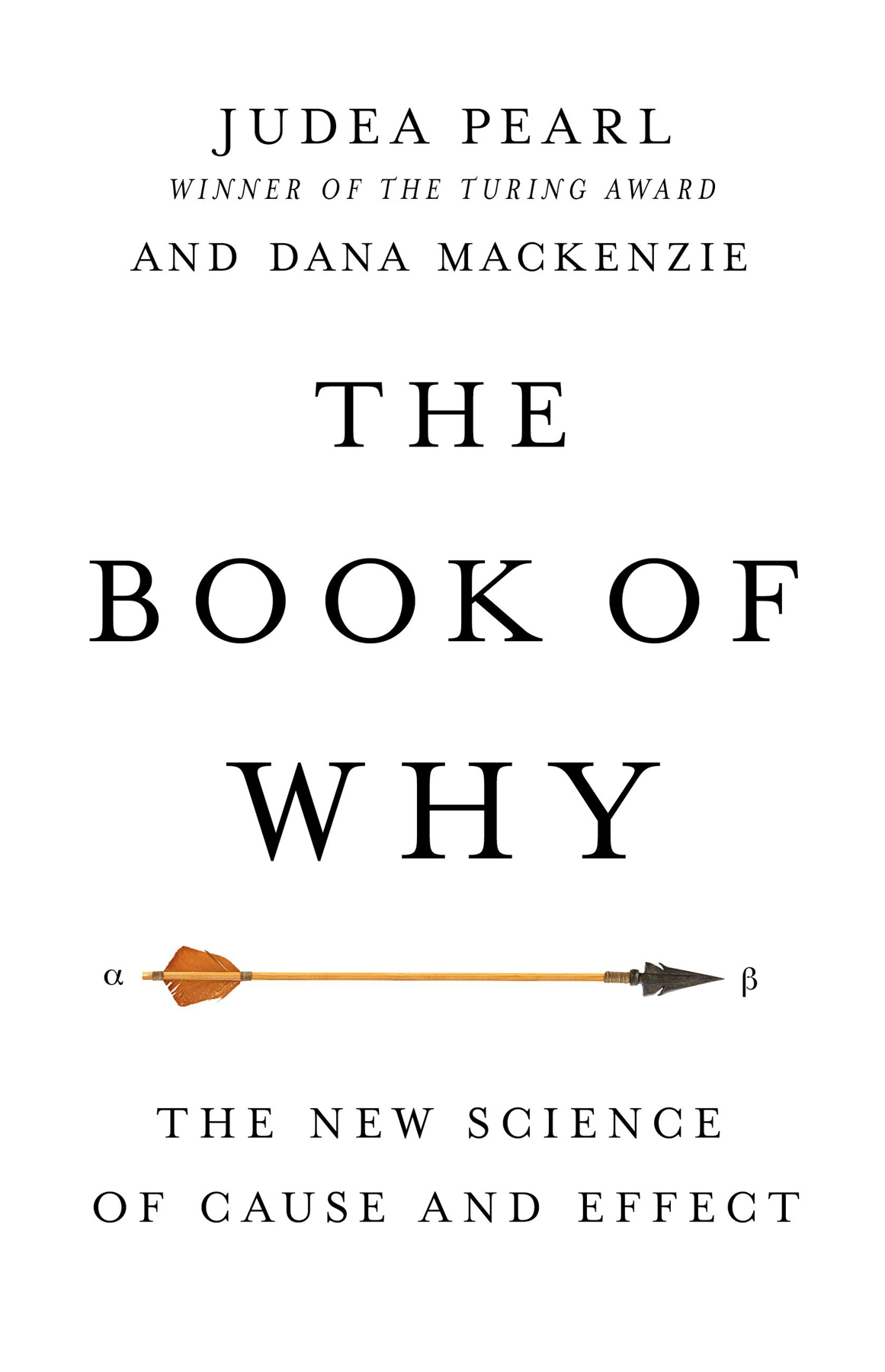A LMOST two decades ago, when I wrote the preface to my book Causality (2000), I made a rather daring remark that friends advised me to tone down. Causality has undergone a major transformation, I wrote, from a concept shrouded in mystery into a mathematical object with well-defined semantics and well-founded logic. Paradoxes and controversies have been resolved, slippery concepts have been explicated, and practical problems relying on causal information that long were regarded as either metaphysical or unmanageable can now be solved using elementary mathematics. Put simply, causality has been mathematized.
Reading this passage today, I feel I was somewhat shortsighted. What I described as a transformation turned out to be a revolution that has changed the thinking in many of the sciences. Many now call it the Causal Revolution, and the excitement that it has generated in research circles is spilling over to education and applications. I believe the time is ripe to share it with a broader audience.
This book strives to fulfill a three-pronged mission: first, to lay before you in nonmathematical language the intellectual content of the Causal Revolution and how it is affecting our lives as well as our future; second, to share with you some of the heroic journeys, both successful and failed, that scientists have embarked on when confronted by critical cause-effect questions.
Finally, returning the Causal Revolution to its womb in artificial intelligence, I aim to describe to you how robots can be constructed that learn to communicate in our mother tonguethe language of cause and effect. This new generation of robots should explain to us why things happened, why they responded the way they did, and why nature operates one way and not another. More ambitiously, they should also teach us about ourselves: why our mind clicks the way it does and what it means to think rationally about cause and effect, credit and regret, intent and responsibility.
When I write equations, I have a very clear idea of who my readers are. Not so when I write for the general publican entirely new adventure for me. Strange, but this new experience has been one of the most rewarding educational trips of my life. The need to shape ideas in your language, to guess your background, your questions, and your reactions, did more to sharpen my understanding of causality than all the equations I have written prior to writing this book.
For this I will forever be grateful to you. I hope you are as excited as I am to see the results.
Judea Pearl
Los Angeles, October 2017
Every science that has thriven has thriven upon its own symbols.
A UGUSTUS DE M ORGAN (1864)
T HIS book tells the story of a science that has changed the way we distinguish facts from fiction and yet has remained under the radar of the general public. The consequences of the new science are already impacting crucial facets of our lives and have the potential to affect more, from the development of new drugs to the control of economic policies, from education and robotics to gun control and global warming. Remarkably, despite the diversity and apparent incommensurability of these problem areas, the new science embraces them all under a unified framework that was practically nonexistent two decades ago.
The new science does not have a fancy name: I call it simply causal inference, as do many of my colleagues. Nor is it particularly high-tech. The ideal technology that causal inference strives to emulate resides within our own minds. Some tens of thousands of years ago, humans began to realize that certain things cause other things and that tinkering with the former can change the latter. No other species grasps this, certainly not to the extent that we do. From this discovery came organized societies, then towns and cities, and eventually the science- and technology-based civilization we enjoy today. All because we asked a simple question: Why?
Causal inference is all about taking this question seriously. It posits that the human brain is the most advanced tool ever devised for managing causes and effects. Our brains store an incredible amount of causal knowledge which, supplemented by data, we could harness to answer some of the most pressing questions of our time. More ambitiously, once we really understand the logic behind causal thinking, we could emulate it on modern computers and create an artificial scientist. This smart robot would discover yet unknown phenomena, find explanations to pending scientific dilemmas, design new experiments, and continually extract more causal knowledge from the environment.
But before we can venture to speculate on such futuristic developments, it is important to understand the achievements that causal inference has tallied thus far. We will explore the way that it has transformed the thinking of scientists in almost every data-informed discipline and how it is about to change our lives.


